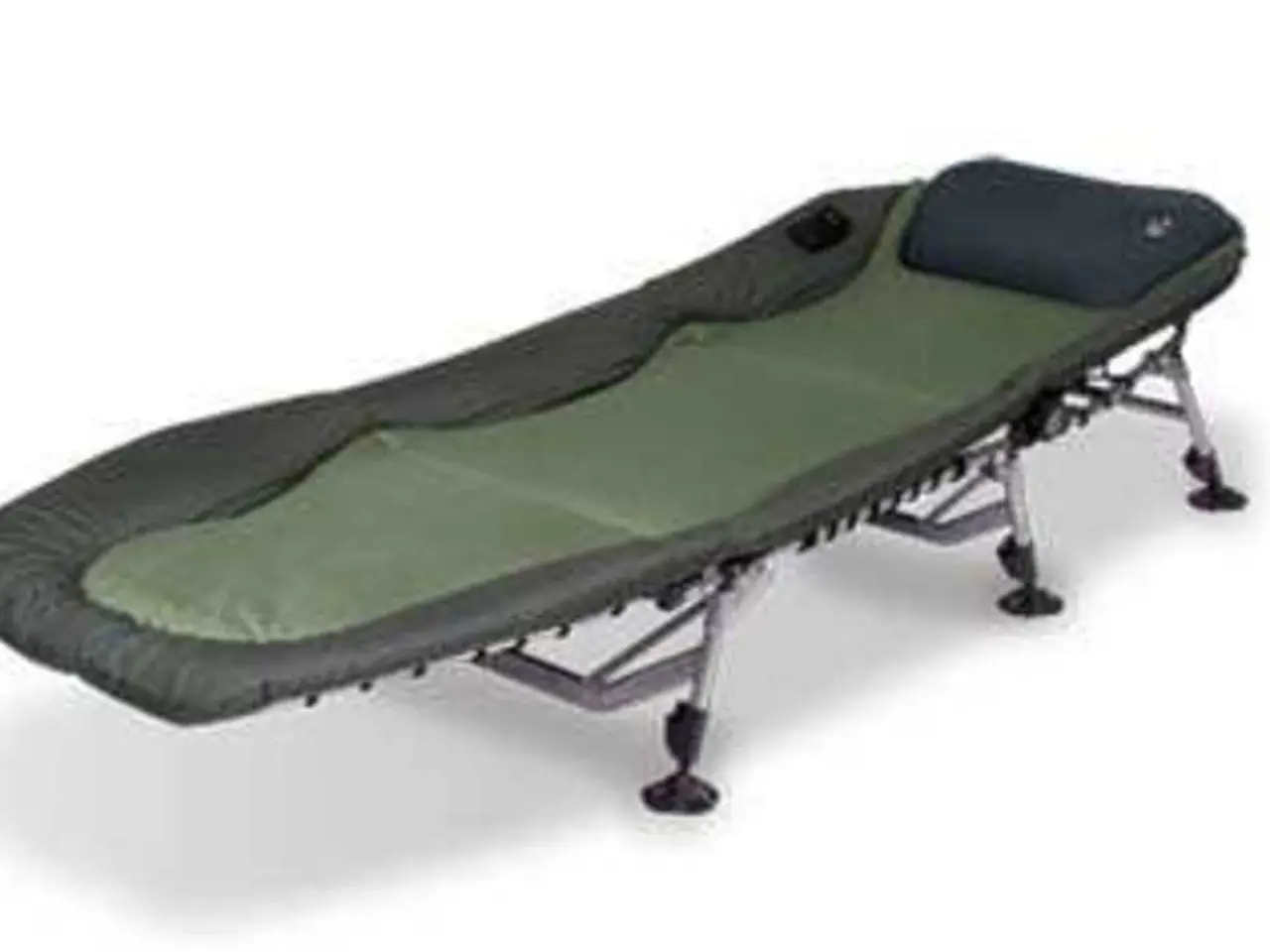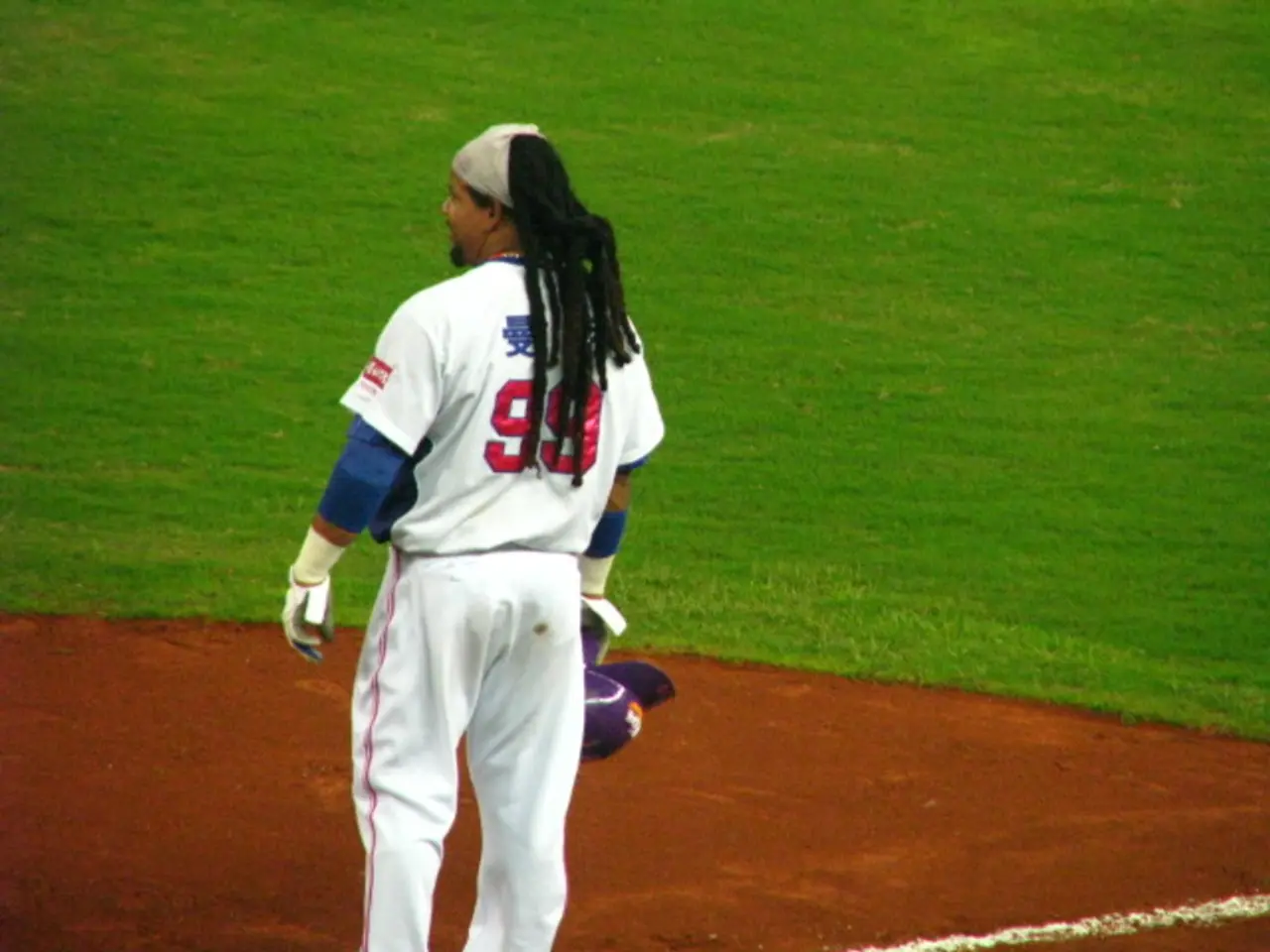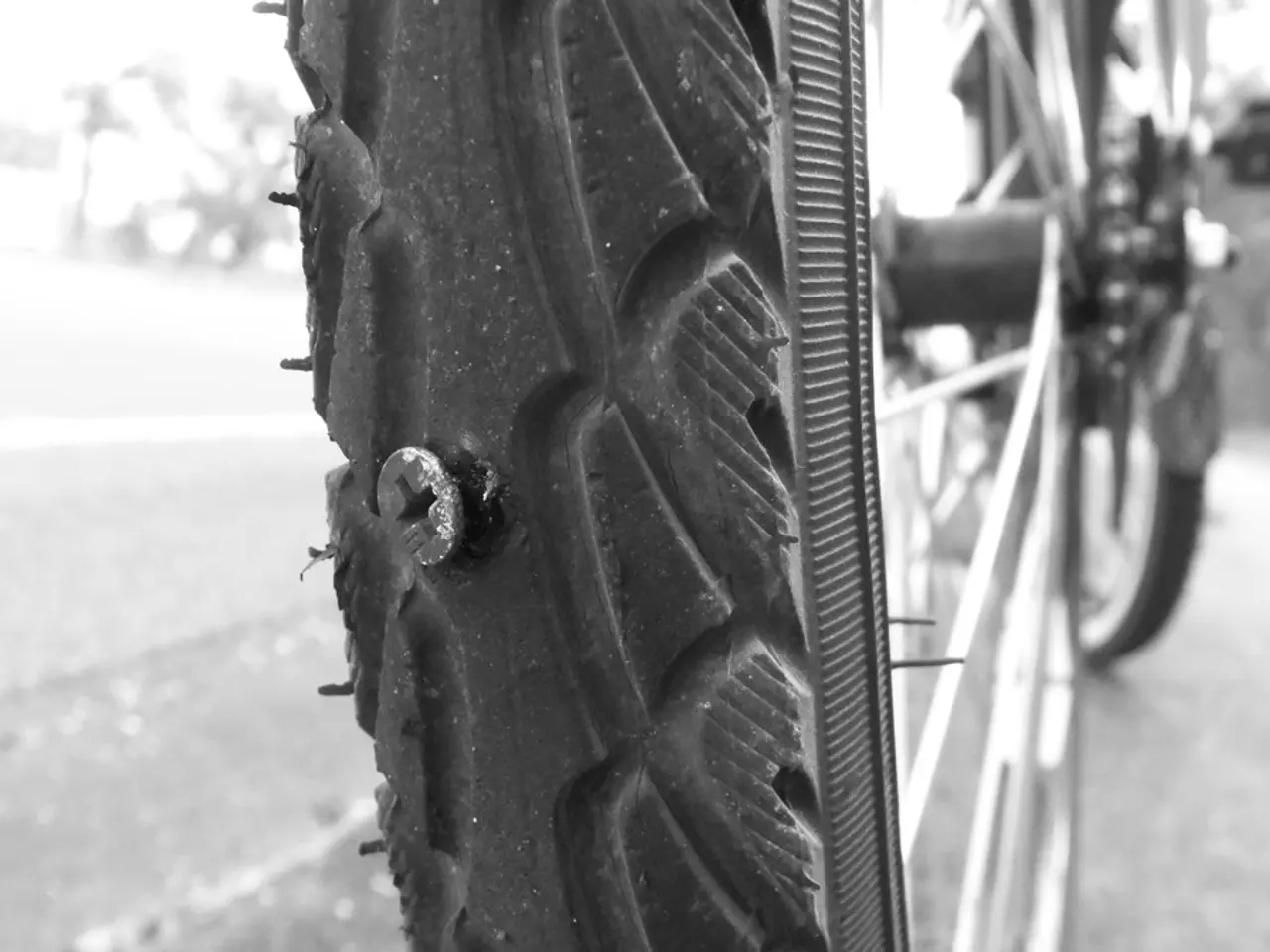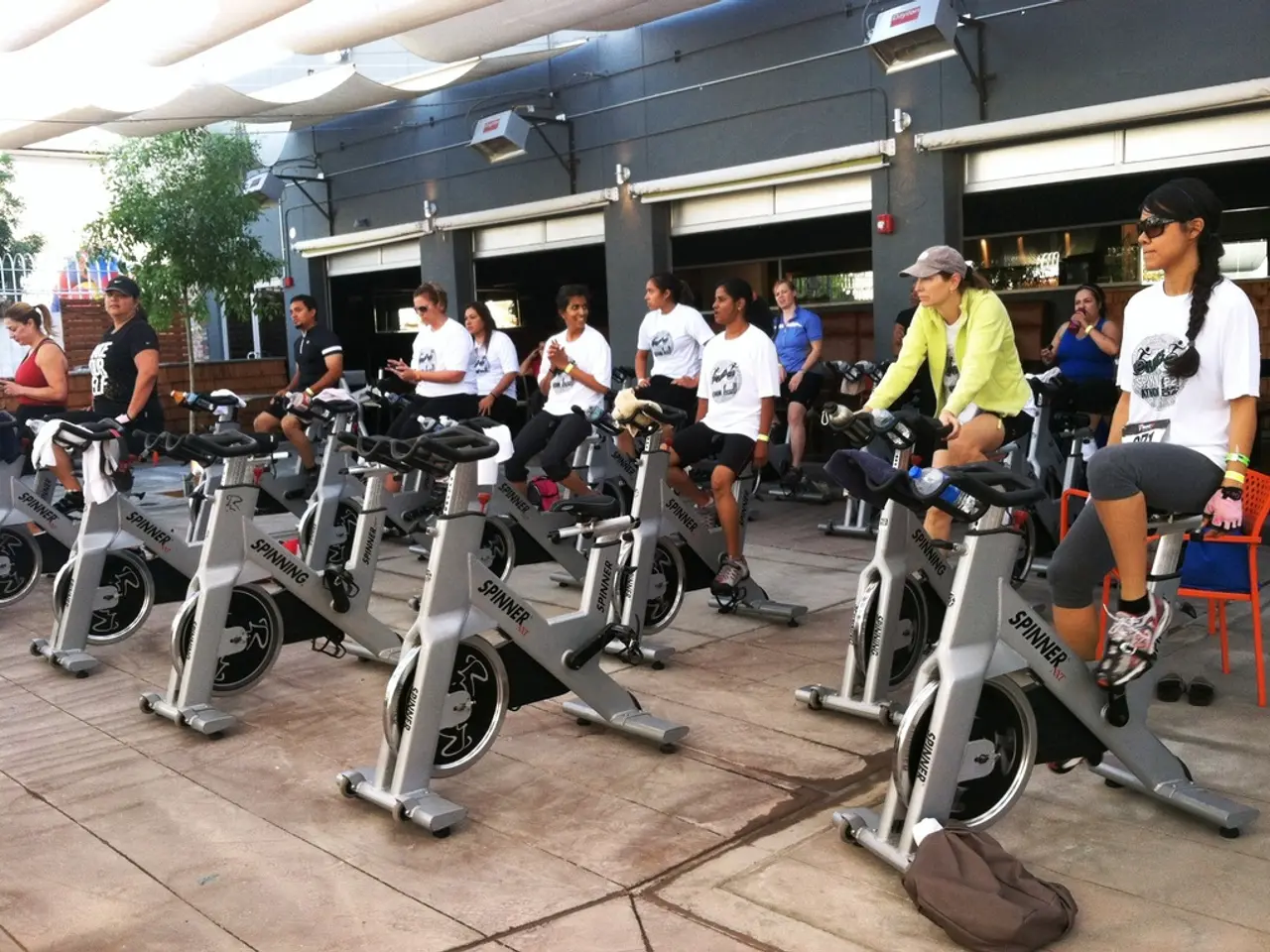Testicle Sagging: Underlying Causes and Possible Remedies
As men age, a common physical change that may occur is the sagging of testicles. This natural phenomenon is primarily due to the loss of scrotal elasticity, a process that is often a normal anatomical variation[1]. However, another common medical cause associated with sagging testicles is varicocele, a condition characterized by enlarged veins in the scrotum[1][3].
Varicocele involves poor circulation and blood pooling, leading to symptoms such as a sensation of heaviness, visible swollen veins, testicular shrinkage, and sometimes discomfort or aching. About 15% of adult men have varicocele, which is also the most common treatable cause of male infertility[1][3].
Other medical issues affecting the scrotum and testicles, such as infections, tumors, and urogenital abnormalities, may contribute to changes in scrotal appearance or function. However, sagging itself is primarily linked to age-related tissue laxity and varicocele[3].
When it comes to treatments, conservative management is often sufficient when sagging is harmless and without pain. Wearing supportive underwear designed for testicular support can help reduce discomfort caused by sagging, especially as the cremaster muscle weakens with age[5].
For varicocele-related sagging with symptoms or fertility impact, varicocele repair surgery (varicocelectomy) is a common treatment. This improves blood flow and can reduce heaviness and testicular shrinkage[1][3].
General measures like avoiding excessive heat exposure and maintaining good overall health may assist with comfort, but they do not reverse sagging due to tissue laxity. Nutritional supplements such as Coenzyme Q10 have shown potential antioxidant benefits to protect testicular tissue from damage related to aging and oxidative stress, though direct effects on sagging are not established[2].
In cold weather, the skin tightens as the cremaster muscle pulls the testicles toward the body, providing some impact resistance. Conversely, in hot conditions, the skin loosens to prevent the testicles from overheating[1].
It is important to note that sagging testicles are typically not a cause for concern, but if they appear with other symptoms, a person should see a doctor. Varicoceles may have an association with infertility, so anyone experiencing troubling symptoms such as pain in their groin or prostate should also consult a healthcare professional[1].
Results from scrotoplasty, a surgical procedure designed to keep the scrotum from hanging down as far, allowing the testicles to rest higher up toward the body, are not permanent, as the skin stretches with age[1]. Anyone wanting to discuss cosmetic surgery should talk with a doctor about a referral to a trusted cosmetic surgeon.
Kegel exercises may help improve the strength of the pelvic floor and potentially aid in testicle health. The American Academy of Dermatology recommends avoiding sun exposure, quitting smoking, drinking less alcohol, maintaining a healthy weight, and eating a balanced diet to improve skin health and potentially slow the progress of saggy testicles[1].
In summary, sagging testicles in aging men are mostly due to natural loss of scrotal elasticity and sometimes varicocele, with treatment options ranging from supportive underwear to surgical repair if symptoms or fertility issues arise[1][3][5].
- Aging can lead to a condition called psoriatic arthritis, a type of arthritis that affects the joints, as well as the skin and nails.
- Multiple sclerosis, a disease that damages the protective sheath surrounding the nerves, can also be related to aging.
- The loss of scrotal elasticity in men, often a result of natural anatomical variations as they age, can cause sagging of testicles.
- Diabetes type 2, a chronic metabolic disorder characterized by high blood sugar, can be influenced by factors such as obesity and aging.
- In the field of health-and-wellness, science continues to explore predictive indicators for chronic diseases like COPD, which may be exacerbated by aging.
- Varicocele, a condition characterized by enlarged veins in the scrotum, can lead to symptoms like aching or discomfort and is the most common treatable cause of male infertility.
- Science also investigates the role of conditions like depression in the aging process, as it may negatively impact physical and mental wellbeing.
- For individuals seeking guidance on men's health issues related to aging, it may be helpful to seek advice from a specialized health professional, such as those at the American Academy of Dermatology or a trusted healthcare provider.




